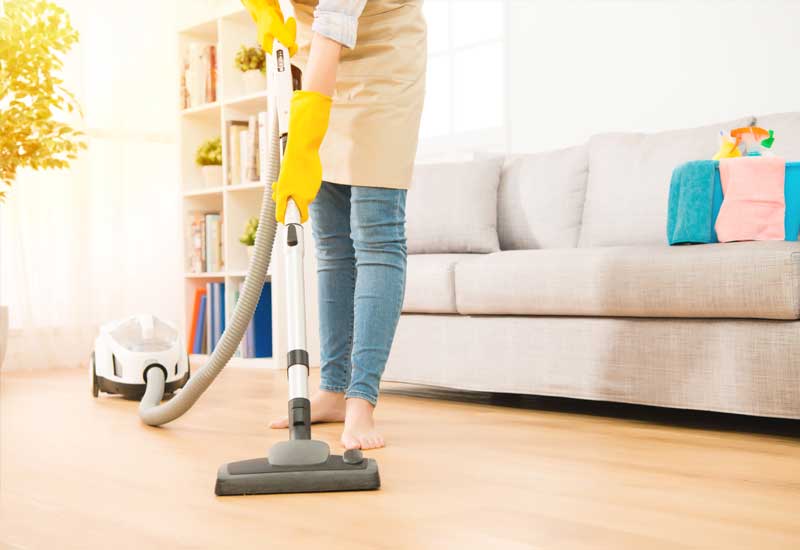Recognizing the Requirement for Extensively Sanitizing and Sanitizing Often Touched Surfaces in High-Traffic Locations
In the world of public health and wellness and security, the thorough sanitation and sanitization of regularly touched surface areas in high-traffic locations stand as critical procedures in preventing the spread of hazardous pathogens. By exploring the numerous facets of surface area sanitation, from the dangers connected with ignoring cleaning protocols to the efficient techniques that can be employed, a more clear understanding emerges of the vital role these methods play in safeguarding public health and wellness.
Value of Surface Area Sanitation
Emphasizing the comprehensive sanitation of high-traffic surface areas is critical in maintaining a sanitary atmosphere and stopping the spread of hazardous microorganisms. High-touch surfaces such as door takes care of, light switches, lift buttons, and kitchen counters serve as reproducing grounds for viruses and bacteria. Normal disinfection of these surface areas is imperative to reduce the threat of contamination and transmission of diseases.
By implementing a durable disinfection procedure, organizations and institutions can create a much safer environment for customers, workers, and visitors. Correct surface disinfection not only reduces the spread of transmittable diseases however additionally infuses confidence in the sanitation and safety of the premises. This positive method shows a commitment to wellness and health, which is particularly important in high-traffic locations where the chance of exposure to pathogens is increased.
Additionally, surface area disinfection plays a vital duty in total infection control approaches. Combined with hand hygiene methods, wearing masks, and keeping physical distancing, complete sanitation of high-touch surface areas creates a comprehensive protection against the transmission of unsafe microbes. Focusing on surface disinfection is an essential component of an all natural approach to wellness and safety in common spaces.
Threats of Overlooking Cleaning Practices
Ignoring detailed sanitation of high-traffic surface areas dramatically enhances the danger of microbial and viral contamination, positioning a major risk to the health and wellness of people often visiting these areas. Failure to apply correct cleansing practices can lead to the buildup and spread of dangerous virus, including viruses and germs, on regularly touched surface areas such as doorknobs, handrails, lift switches, and countertops.

In addition, overlooking the significance of extensive cleaning not just jeopardizes the well-being of people but additionally threatens efforts to maintain a tidy and sanitary environment. It is crucial to identify the importance of proper sanitation protocols in protecting against the spread of infections and securing public health.
Reliable Disinfection Approaches
To keep optimal cleanliness and minimize the threat of contamination on high-traffic surface areas, employing efficient sanitation approaches is essential. One of the most typical and effective sanitation approaches is utilizing chemical disinfectants.
One more efficient technique is the usage of UV-C light. UV-C light has been revealed to be efficient in killing a broad variety of microorganisms by interrupting their DNA structure, hence stopping them from reproducing. It is vital to utilize UV-C light correctly, ensuring that the correct intensity and direct exposure time are used to accomplish the desired sanitation outcomes.
Additionally, using heavy steam cleaning as a sanitation method can be very efficient, especially on surface areas that are heat-resistant. Heavy steam can penetrate permeable surface areas and kill bacteria, infections, and this website other virus efficiently. When making use of heavy steam cleansing, it is essential to ensure that the surface area reaches the needed temperature for an adequate quantity of time to ensure correct disinfection.
Effect On Public Health And Wellness
The upkeep of high criteria of sanitation and disinfection on high-traffic surface areas plays an important duty in guarding public wellness. Frequently touched surfaces in locations with high tramp, such as doorknobs, hand rails, lift switches, and toilet centers, serve as breeding grounds for hazardous pathogens.
In high-traffic areas like flight terminals, schools, medical facilities, and public transport systems, the impact of strenuous disinfection measures can not be understated. Focusing on the sanitization of regularly touched surfaces is a proactive technique to promoting public wellness and enhancing the safety of people in shared spaces.
Applying Routine Cleaning Procedures
Immediately instituting and sticking to a consistent timetable of cleaning methods is critical for maintaining the tidiness and safety of high-traffic surface areas. Regular cleaning methods are necessary in avoiding the build-up of germs and microorganisms on regularly touched surfaces, specifically in areas with high foot web traffic. By applying a methodical strategy to cleaning, companies can effectively minimize the threat of disease transmission and produce a much healthier environment for workers, consumers, and the public.
To develop a reliable cleaning routine, it is crucial to determine high-traffic locations that call for regular focus. These areas may consist of doorknobs, hand rails, lift buttons, bathroom centers, and common equipment. Executing a routine cleaning routine that targets these surfaces numerous times a day can significantly minimize the spread of hazardous microorganisms and infections.
Moreover, utilizing suitable cleaner and disinfectants is key to guaranteeing that surface areas are completely disinfected. Normal training of cleansing Recommended Reading team on correct cleansing strategies and the significance of adherence to the cleaning schedule is also important in preserving a hygienic atmosphere. By prioritizing consistent cleaning protocols, companies can advertise the health and wellness of individuals who communicate with these high-traffic surfaces.

Verdict
Finally, it is important to prioritize complete sanitation and sanitization of frequently touched surface areas in high-traffic areas to avoid the spread of hazardous microorganisms and keep public wellness. Disregarding proper cleansing practices can boost the danger of contamination and transmission of illness. By applying normal cleaning procedures and utilizing effective sanitation approaches, we can develop a much safer atmosphere for everyone (Scrub the Surfaces). It is necessary to recognize the relevance of preserving clean surfaces in high-traffic areas to guarantee the wellness of the community.
In the realm of public wellness and safety and security, the meticulous sanitation and sanitization of regularly touched surface areas in high-traffic areas stand as extremely important steps in stopping the spread of damaging pathogens. By discovering the numerous facets of surface area disinfection, from the threats connected with neglecting cleansing protocols to the efficient approaches that can be employed, a more clear understanding emerges of the important role these practices play in securing public wellness.Additionally, utilizing vapor This Site cleaning as a disinfection approach can be extremely effective, specifically on surfaces that are heat-resistant. When making use of heavy steam cleaning, it is vital to ensure that the surface area gets to the needed temperature for an enough amount of time to guarantee correct sanitation.
In final thought, it is essential to prioritize detailed disinfection and sanitization of frequently touched surfaces in high-traffic locations to avoid the spread of dangerous microorganisms and maintain public health and wellness.